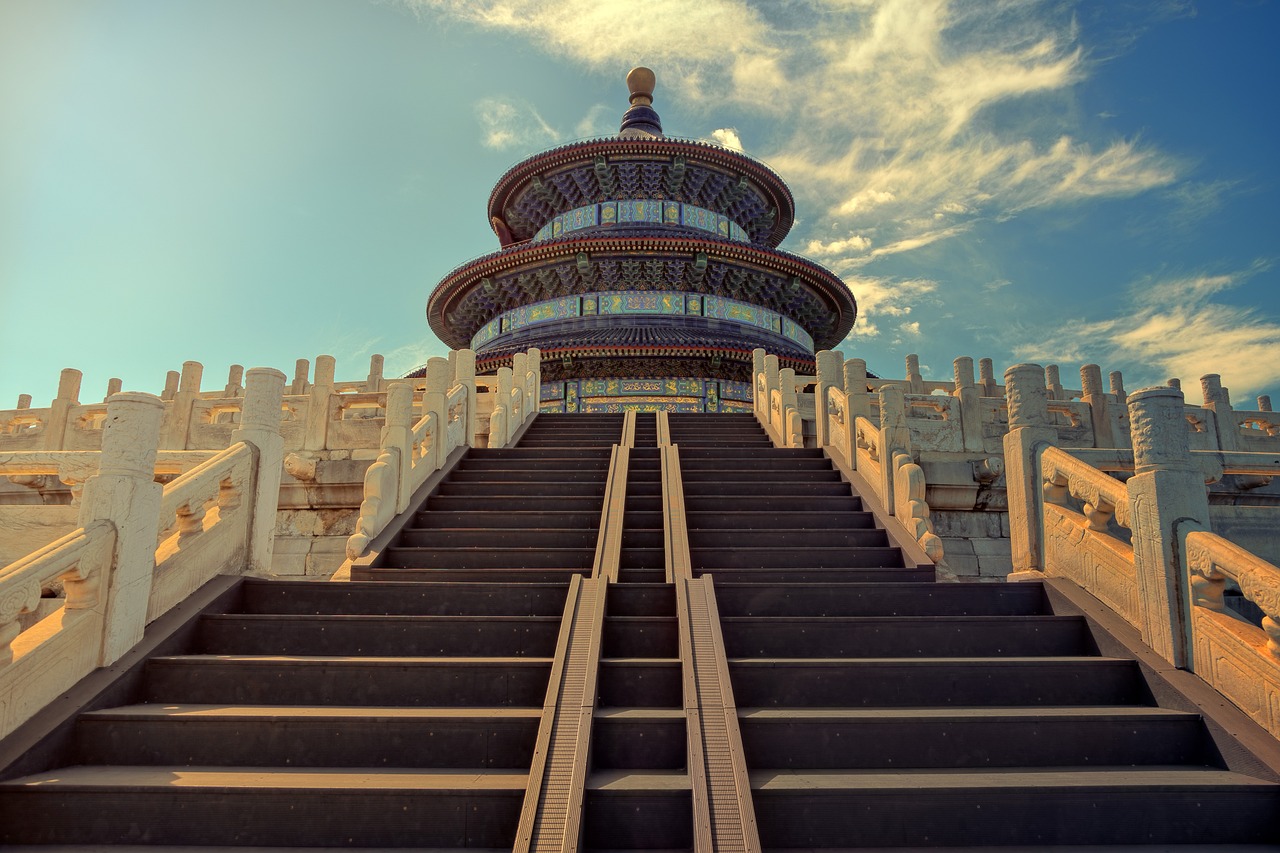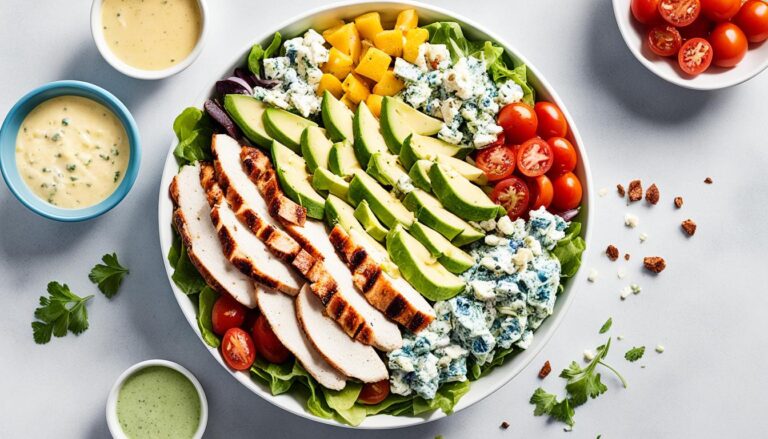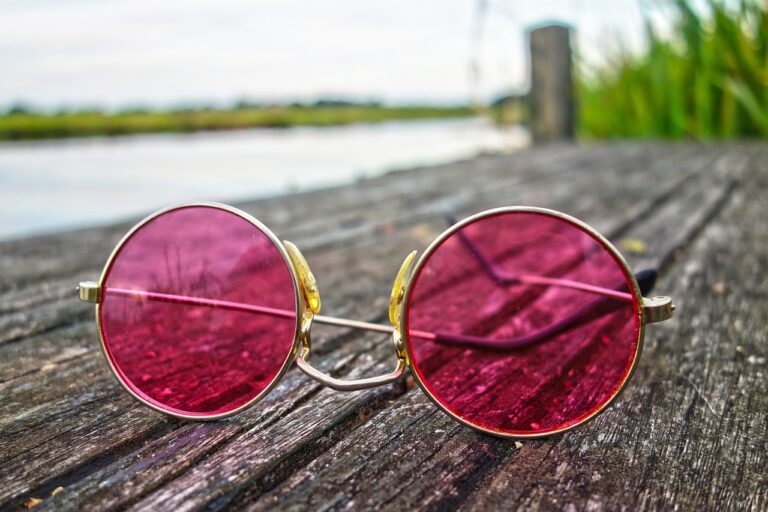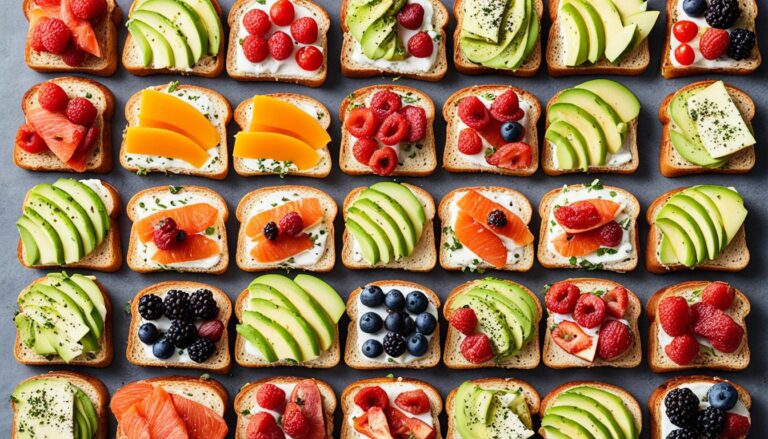Bảie: Unlocking the Secrets of China’s Hidden Gem
Bảie represents a multifaceted concept within Vietnamese culture that encompasses traditional values and contemporary practices. As a martial art, it reflects the depth of Vietnam’s self-defense traditions and carries a profound cultural heritage.
Moreover, Bảie signifies an herbal remedy with significant health implications, highlighting its role in both historical and modern medicinal practices.
This examination unveils Bảie’s influence not only in physical health and combat techniques but also its integration into dietary habits and its presence in social and environmental contexts.
The essence of Bảie is interwoven through various aspects of life in Vietnam, from its inclusion in daily nutrition to its ceremonial importance.
As a culinary element, it contributes to the flavors and nutrition of the Vietnamese diet, while its application as a mint variant underscores its therapeutic qualities.
The broader cultural and societal implications of Bảie, including its contribution to community health and education, reflect its embedded status in Vietnamese society.
This introduction sets the stage for an in-depth understanding of the integral role Bảie plays across multiple dimensions—health, culture, and sustainability.

Key Takeaways
- Bảie serves as a cultural bridge linking martial arts, health, and Vietnamese traditions.
- Its integration into daily life spans from self-defense practices to a variety of health benefits.
- Understanding Bảie illuminates broader aspects of Vietnamese culture and societal well-being.
Insight into Bảie’s Multifaceted Significance
Bảie, a term deeply rooted in Vietnamese language and culture, signifies an intensity or extremity akin to the English “very”. Its usage has blossomed far beyond this primary meaning, demonstrating the word’s linguistic depth.
- Etymology: Derives from Vietnamese, indicating strong emphasis.
- Cultural Impact:
- Martial Arts: Embodies the essence of traditional Vietnamese combat techniques.
- Medicine: Features in local healing practices, reflecting its expansive influence.
- Gastronomy: Intertwined within Vietnam’s diverse and rich culinary tradition.
Bảie in Martial Arts
Bảie stands out within the martial arts community due to its singular self-defense philosophy. Unlike other disciplines such as Kung Fu, Karate, and Taekwondo, Bảie prioritizes practicality in defense scenarios.
Its methods involve:
- Leveraging full body weight to maximize impact in defensive moves.
- Building physical strength to effectively counter attacks without weapons.
Practitioners train to handle real-world confrontations, including defense against several assailants and common forms of aggression like strikes.
This martial art is not about competition; it’s about equipping individuals with the competence and assurance necessary for protective and defensive situations.
Medicinal Uses of Bảie
In traditional Vietnamese healing practices, Bảie is respected for its therapeutic qualities. Bảie, commonly linked with the herb bạc hà or mint, has a rich history as a natural remedy:
- Immune Support: Enhances the body’s defense mechanisms.
- Blood Circulation: Aids in improving blood flow.
- Anti-inflammatory: Helps reduce swelling and inflammation.
- Antibacterial & Antiviral: Utilized to treat infections.
Herbalists value Bảie’s versatility in treating a variety of health issues, from minor ailments like the common cold to more significant conditions.
As with many traditional remedies, including those involving lemongrass and ginger, the utilization of Bảie should be approached with care, and professional medical advice is recommended prior to its use for health-related applications.
Vietnamese Cuisine and Bảie Rice
Bảie rice stands out in Vietnamese cooking, lending its wholesome qualities to an array of traditional dishes. Rice, a pillar of the diet, sees a healthful twist with the introduction of Bảie rice.
- Uses: Ideal for soups, stews, and as a robust foundation for bowl-based meals.
- Complements: Acts as a nutritious side dish and enhances Vietnamese recipes.
- Flavor Profile: Contributes to the overall umami and taste balance in dishes like pho and noodles.
- Accessibility: Found in Asian markets, it supports home cooks in replicating classic recipes.
The understated grain subtly transforms staples such as tofu, augments the savory punch of fish sauce and lime juice, and becomes an indispensable ally in the kitchen for those pursuing the traditional flavors of Vietnam.
Locating Bảie
Those seeking Bảie can acquire it through various channels:
- Online Marketplaces: Platforms such as Amazon offer a range of Bảie-related items.
- Local Specialty Stores: In regions with a significant Vietnamese community presence, Vietnamese shops stock Bảie products.
Availability caters to enthusiasts of Bảie’s diverse uses in martial arts, health, and cuisine.
Mint’s Healing Characteristics
Mint, known for its aromatic presence, is celebrated for diverse health advantages. It combats nasal blockages and eases the symptoms of asthma.
Beyond respiratory relief, mint is beneficial for oral health, particularly in curbing halitosis.
Its soothing aroma contributes to relaxation and can be conducive to better sleep.
The global incorporation of mint in diets speaks to its lauded anti-inflammatory and antioxidant properties. There’s also an indication that it might play a role in managing body weight.
The Cultural Significance of Bảie
Bảie holds a prominent position in the realm of Vietnamese cultural practices and reflects a community’s legacy of fortitude and resourcefulness.
This martial art form, indigenous to Vietnam’s agricultural societies, exemplifies more than self-defense tactics; it is a testament to the Vietnamese ethos of adaptability and resilience.
Bảie evolved within a framework of autonomy, spotlighting the historic emphasis on safeguarding one’s kin and territory.
Distinct from other martial arts with rigid structures oriented towards competition, Bảie demonstrates practicality and ingenuity characteristic of Vietnam’s rural inhabitants.
Bảie’s Influence on Collective Well-being
Bảie plant applications: Emphasizes body-mind harmony and disease prevention.
- Holistic health: Bảie’s use in traditional Vietnamese medicine aids physical and mental wellness.
- Community bond: Sharing generational knowledge strengthens social ties.
- Natural healing: Encourages using local plants to enhance the immune system.
- Stress reduction: Practices involving Bảie promote relaxation and stress management.
Impact of Education on Society and Self-Reliance
Bảie martial arts training transcends physical development, promoting individual autonomy and reinforcing community unity.
Participants not only learn self-protection techniques but also embrace the rich cultural traditions of Vietnam.
The group setting in which Bảie is taught strengthens social ties and upholds a common commitment to mutual welfare, essential to Vietnamese societal values.
This holistic educational approach enhances self-reliance while advancing social harmony.

Perspectives on Environmental Care and Conservation
Cultivating the Bảie herb serves objectives beyond health; it illustrates a commitment to environmental care.
These age-old methods not only uphold biodiversity but also ensure a balanced ecosystem.
Communities engaging in these practices uphold a harmonious interaction with their surrounding environment, safeguard diverse plant life, and support continuity in indigenous knowledge and responsible resource use.
Contemporary Role of Bảie in Vietnam
Vietnam’s Bảie, with its distinctive techniques and philosophies, is experiencing a resurgence of interest globally, primarily due to the rising popularity of martial arts.
The Bảie plant is also gaining recognition for its health benefits, with an increased focus on alternative medicine highlighting its medicinal qualities.
Today, the practice of Bảie exemplifies the seamless integration of Vietnamese traditions with international influences, showcasing the versatility and resilience of the nation’s culture in the face of historical events like French colonization and the rich diversity of the region.
Prospective Pathways and Global Synergy
As a Vietnamese tradition garners international attention, it creates channels for cultural dialogue and cooperative endeavors.
Incorporation of this region’s martial arts into worldwide self-defense programs, and investigation into the therapeutic benefits of regional flora underscore how local Vietnamese customs could advance international health and wellness.
- Global Impact:
- Cultural traditions enhance global recognition.
- Integration in self-defense training.
- Research into traditional medicine for holistic health.
- Holistic Contributions:
- Practices grounded in pragmatism and ecological balance.
- Potential solutions for current global challenges.
The constructive blending of this Vietnamese heritage with international wellness strategies exemplifies a holistic approach to global integration.
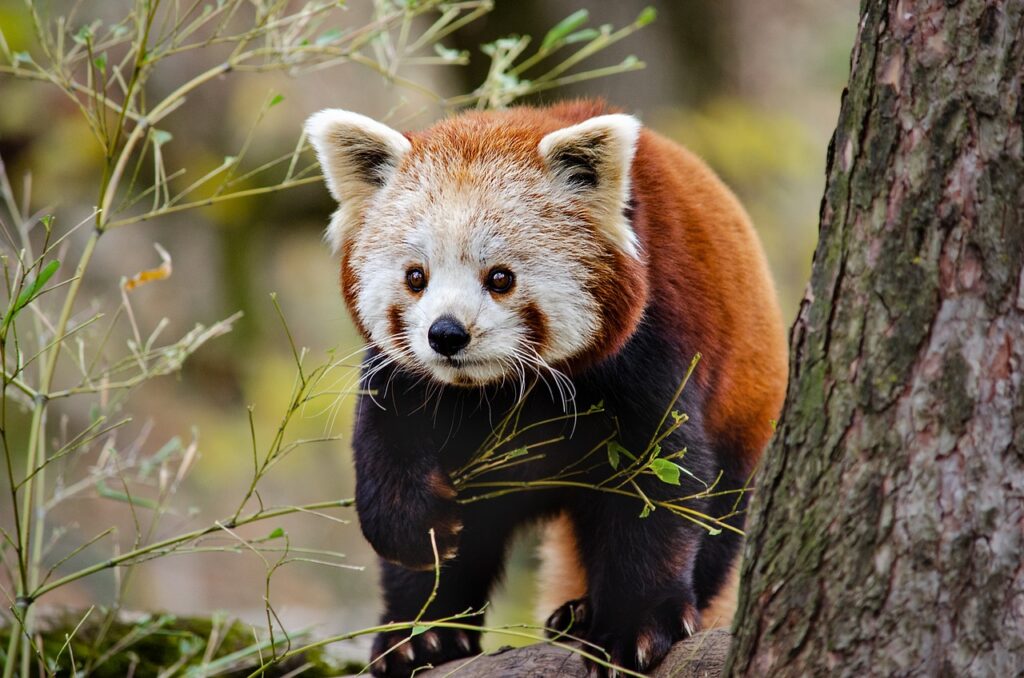
Frequently Asked Questions on Bảie in Vietnamese Tradition
Insights on Bảie’s Role in Vietnamese Culture
Bảie embodies a martial art and a medicinal herb within Vietnamese tradition. The martial aspect focuses on weaponless self-protection, utilizing the practitioner’s body weight, while the herbal aspect is recognized for boosting health and fighting a range of illnesses such as colds, and flu.
Distinctive Characteristics of Bảie Martial Arts
This martial art stands apart for its emphasis on pragmatic defense skills suited for actual confrontations, contrasting with other martial arts that heavily focus on competitive sparring or weapon training. Safety is highly prioritized, with techniques centered on leveraging one’s body mass effectively.
Health Advantages of the Bảie Plant
- Immune System: Enhances defensive capabilities against common ailments.
- Circulatory Support: Stimulates blood flow.
- Anti-inflammatory: Helps reduce bodily inflammation.
- Antibacterial and Antiviral: Possesses properties that protect against microbial infections.
- The plant is also used for relieving respiratory issues and headaches.
Nutritional Value of Bảie Rice
Bảie rice can complement a well-balanced diet through its nutritious profile, comprising essential nutrients that surpass regular white rice. It fits seamlessly into an array of dishes such as soups and health-centric bowls.
Bảie’s Cultural and Modern Relevance
Bảie has transcended its roots, now symbolizing a cultural conduit connecting enduring Vietnamese customs with modern-day health and wellness interests. It has become a focal point in cultural conservation, extending its influence beyond national borders to foster global cultural dialogue and endorse integrated health approaches.
Conclusion
Bảie reflects a rich tapestry of Vietnamese heritage, encapsulating the essence of the nation’s cultural practices, healing arts, and philosophy rooted in martial disciplines.
These traditions extend beyond mere self-defense, enriching the realms of health and gastronomy.
One gains deeper respect and understanding for this Vietnamese cornerstone by examining its broader significance in fostering wellness and personal growth.
It shines through various life facets, underscoring the importance of preserving and valuing such traditional wisdom.

